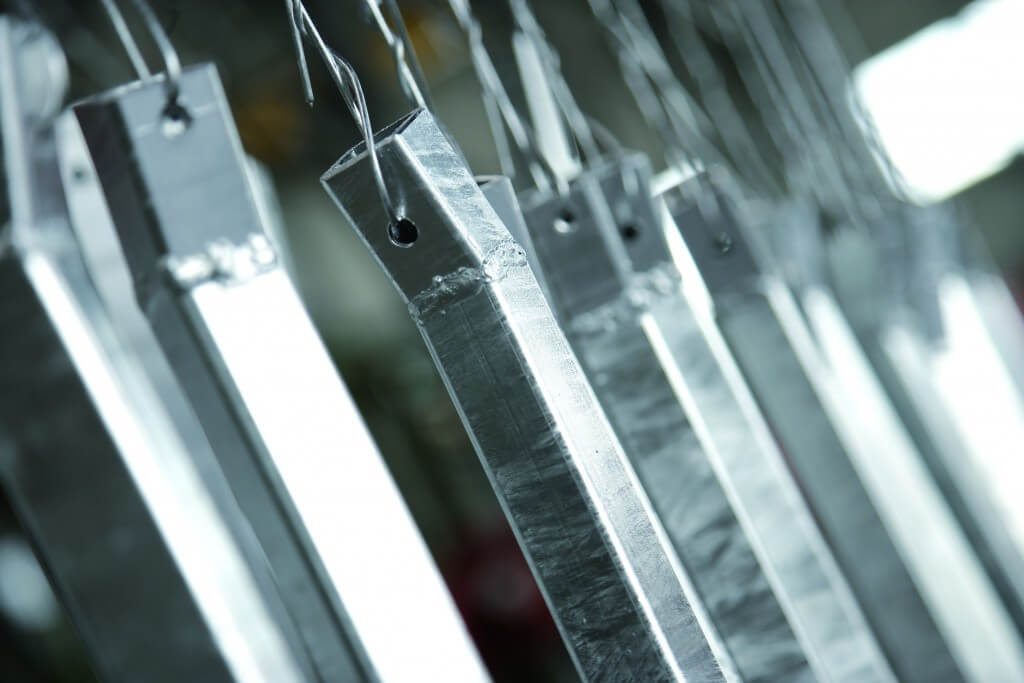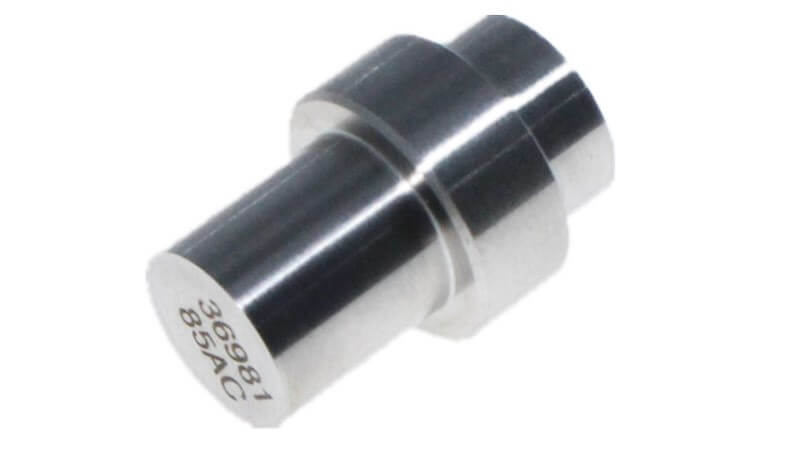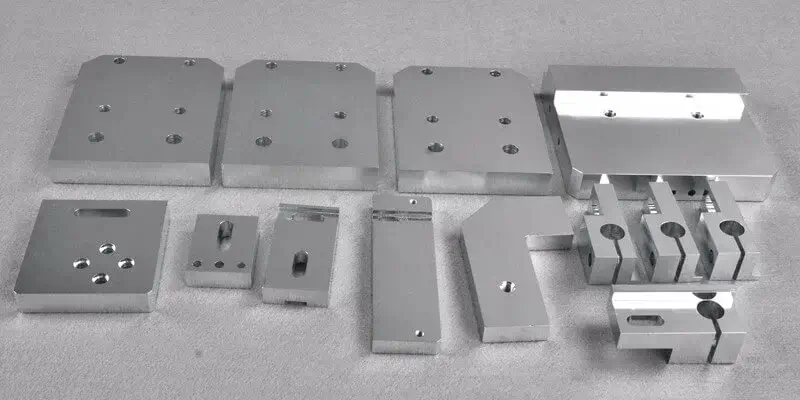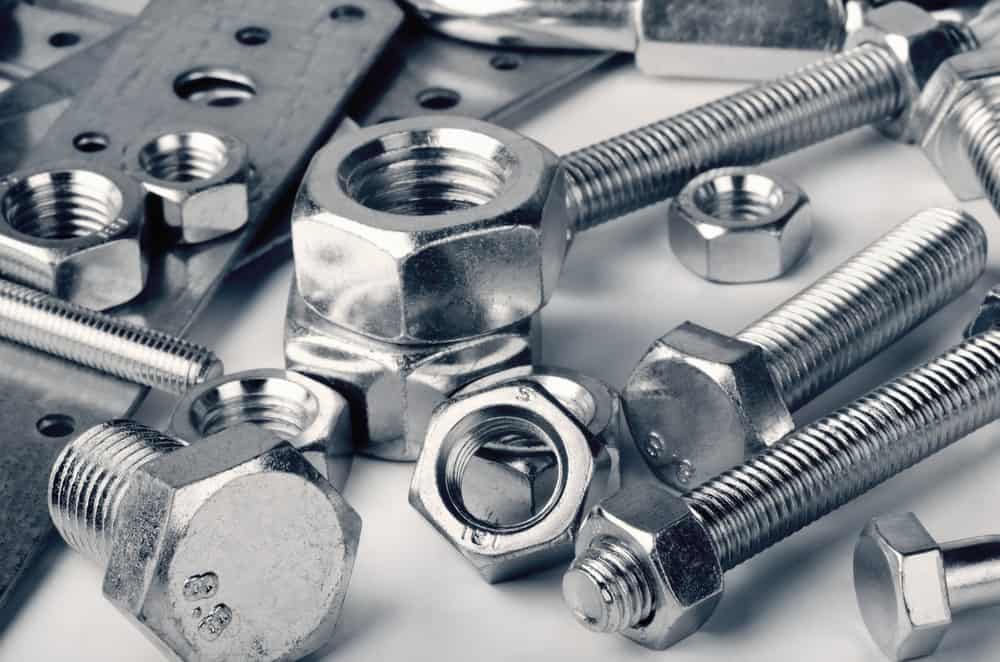Learn the Basics of Galvanizing
Galvanizing is one of the most widely used methods of protecting metals from corrosion. It applies a thin coating of zinc to the metal, which helps to isolate it from the surrounding environment. In short, galvanizing gives metals anti-corrosion properties. Without the protective zinc coating, the metal will continue to be exposed to the elements and may oxidize and corrode more quickly. Galvanized steel is a cost-effective alternative to materials such as austenitic stainless steel or aluminum that can prevent corrosion.
In addition, galvanized steel and galvanized iron can be used in different manufacturing processes, from sheet metal processing to CNC machining, making it a dominant process in the manufacturing industry. This article reviews the basics of galvanizing, answering questions about what galvanizing is and how galvanizing improves metal parts.
1.What is galvanizing?
Galvanizing (or galvanizing) is the process of adding a layer of zinc to the outer surface of a metal (i.e. steel or iron). The purpose of this is to add a protective coating to the metal underneath, reducing the chances of corrosion or rust.
The galvanizing process varies depending on the specific technique. However, the most important part of the process is that it generally involves surrounding the steel or iron with zinc, which may be in liquid or dust form. When zinc is introduced, the iron in the surrounding metal reacts with the zinc to form a tightly bonded alloy coating.

2.Types of Galvanizing
The two most popular methods of galvanizing are hot-dip galvanizing and electrogalvanizing. Both of these methods and others are discussed below.
1) Hot-Dip Galvanizing
During hot-dip galvanizing, the metal is immersed in a hot zinc bath at about 450°C. When removed, the coating surface reacts with oxygen to form zinc oxide, which then reacts with carbon dioxide to form zinc carbonate. Prior to galvanizing, the metal must be cleaned with an alkaline solution and then pickled in an acid solution; zinc ammonium chloride may also be used to prevent premature oxidation of the metal before galvanizing.
2) Electrogalvanizing
Electrogalvanizing combines the processes of galvanizing and electroplating: an electric current is passed through a zinc bath with zinc anodes and a steel conductor. The process produces a thinner coating than hot-dip galvanizing and a bright surface suitable for decorative applications.
3) Sherardizing
This type of galvanizing is known by a variety of names: thermal diffusion galvanizing, vapor galvanizing, and dry galvanizing. It involves heating the steel parts to 500°C in a closed rotating drum filled with zinc powder. The evaporated zinc diffuses to the steel surface to form a strong coating. It is very suitable for small parts and parts that need to be coated on the inside.
4) Galvanizing
Galvanizing is a combination of hot-dip galvanizing and annealing. The hot-dip galvanizing process is carried out normally, and the coated metal is passed through an air knife to remove excess zinc. The metal is then briefly heated to 500-565 °C in an annealing furnace to allow the iron layer and zinc layer to diffuse into each other and form a zinc-iron alloy layer.

3.Motivational factors
In the actual production process, common factors that affect the speed and quality of galvanizing are:
1) Incomplete pretreatment
There is an oxide film on the surface of the workpiece, which affects the normal deposition of zinc.
2) Poor conductivity
The current flows on the wire, but too little current is distributed to the surface of the workpiece.
3) The workpiece has a high carbon content
High carbon steel, cast iron, etc. will reduce the hydrogen evolution potential, accelerate hydrogen evolution on the surface of the workpiece, and reduce current efficiency.
4) The workpiece is bundled too densely
The workpiece is partially covered during galvanizing, and the coating is too thin.
5) Low bath temperature
When the bath temperature is low, the current density delivered is reduced accordingly, and the deposition rate of the coating must also be reduced.
6) High sodium hydroxide content in the bath
When the sodium hydroxide content is high, the current efficiency is reduced accordingly.
7) Low additive content in the bath
Too low additive content will affect the dispersion ability, and the coating will appear too thin locally.
8) Insufficient estimated area of electroplated parts
The current density distributed during electroplating appears too small.
9) Improper workpiece hanging method
The distance between the workpiece and the zinc anode is too large, and the position should be adjusted.
10) Corrosion
The workpiece is corroded too seriously.

4.Solution
When the hydrogen evolution potential is reduced, hydrogen evolution on the workpiece surface accelerates the decrease in current efficiency, thereby affecting the deposition rate of zinc. An appropriate amount of corrosion inhibitor should be added to the pickling solution. If the local oxide scale is too thick, it can be removed by mechanical methods first, and more inspections should be carried out during the pickling process.
1) Anode passivation
The effective area is reduced, affecting the normal distribution of current.
2) Low sodium hydroxide content
If the sodium hydroxide content is low, the current density will not increase and the anode will be passivated.
5.Advantages of galvanizing
1) Prevent rust
A protective film is formed on the surface to prevent corrosive substances from reacting with the steel or iron below. Even if the zinc layer is damaged, the zinc will corrode before the iron, and the remaining zinc will form a dense patina with the atmosphere that is insoluble in rainwater, protecting the exposed steel or iron.
2) Durable
The zinc coating formed by galvanizing is strong and durable, and can usually provide decades of protection for the metal below.
3) Economic/low cost
Galvanizing is a fairly simple and inexpensive surface treatment process compared to most treated steel. In addition, galvanized steel can be delivered without additional surface treatment, inspection, painting/coating, etc., and requires no maintenance, saving additional costs.
4) Forming a thick coating
Although galvanizing is not suitable for all applications, its coating is thicker than electroplating, etc.
